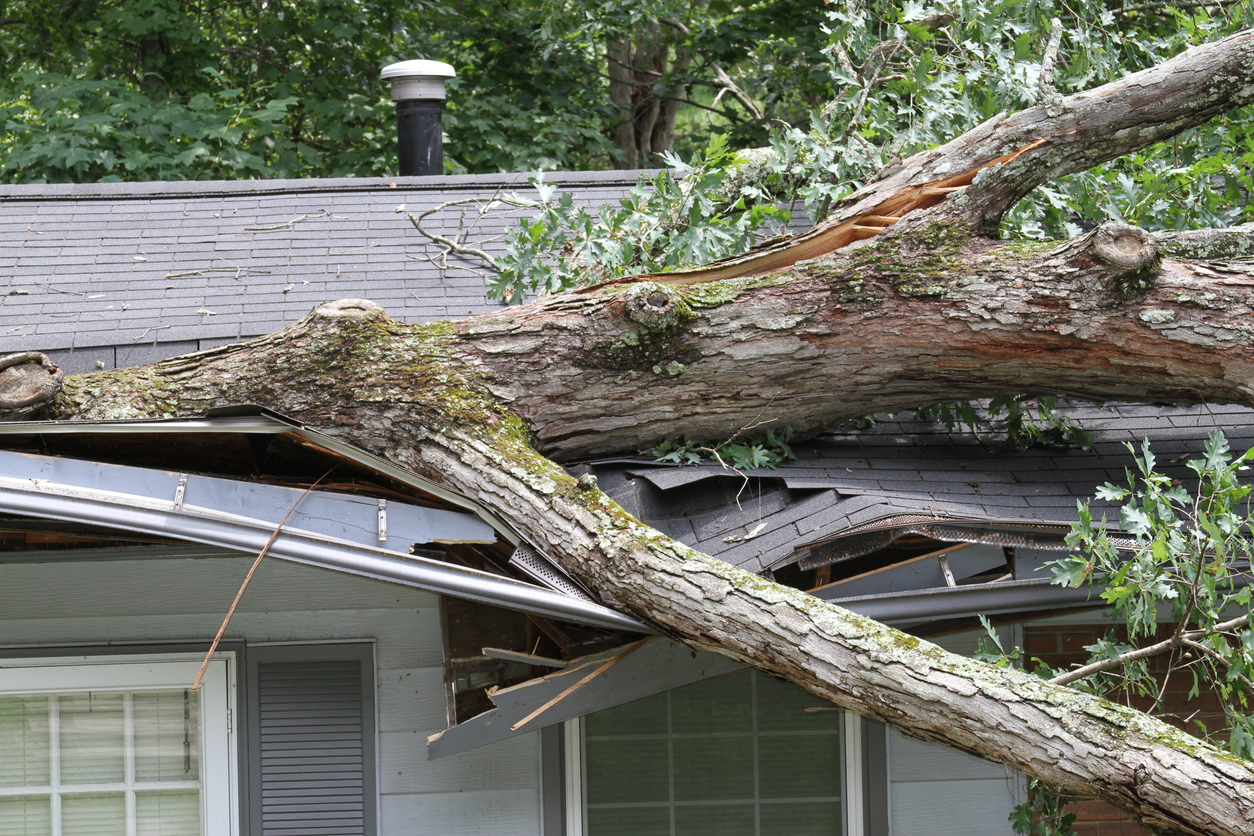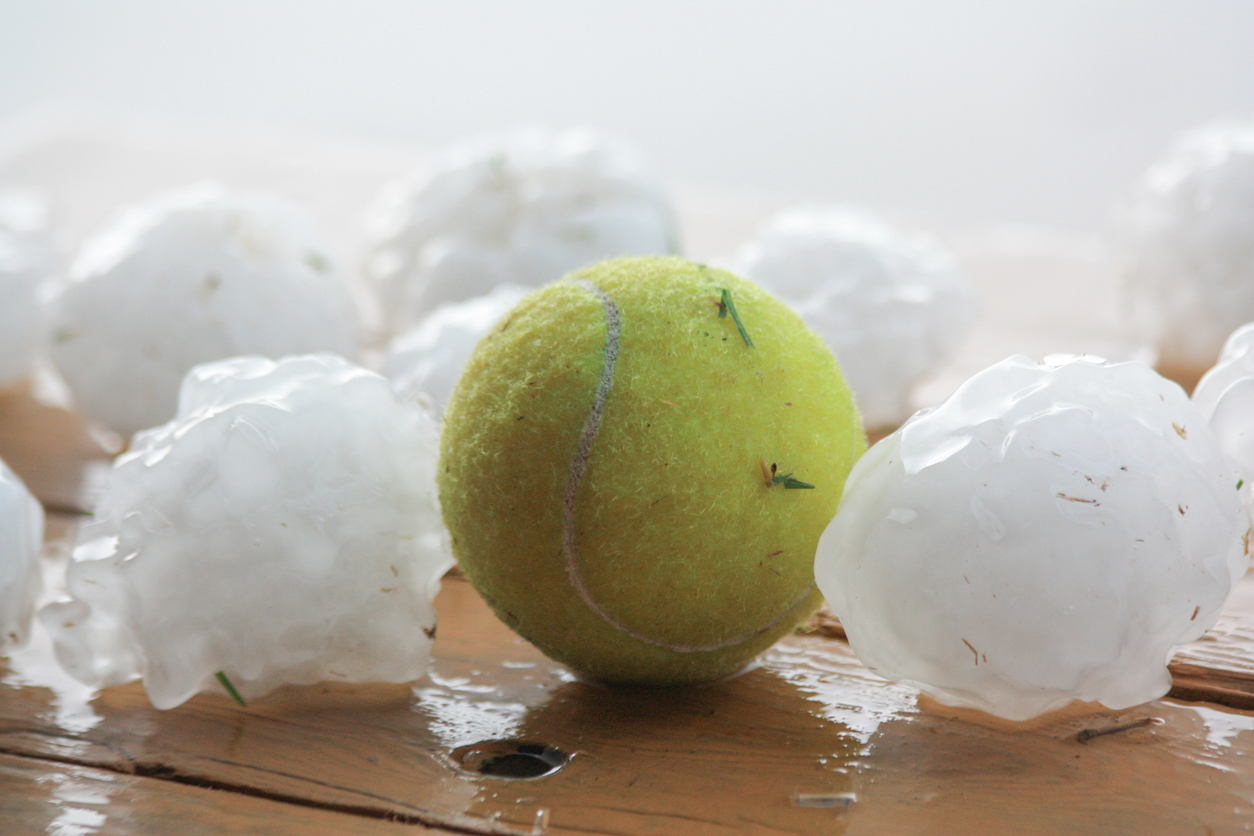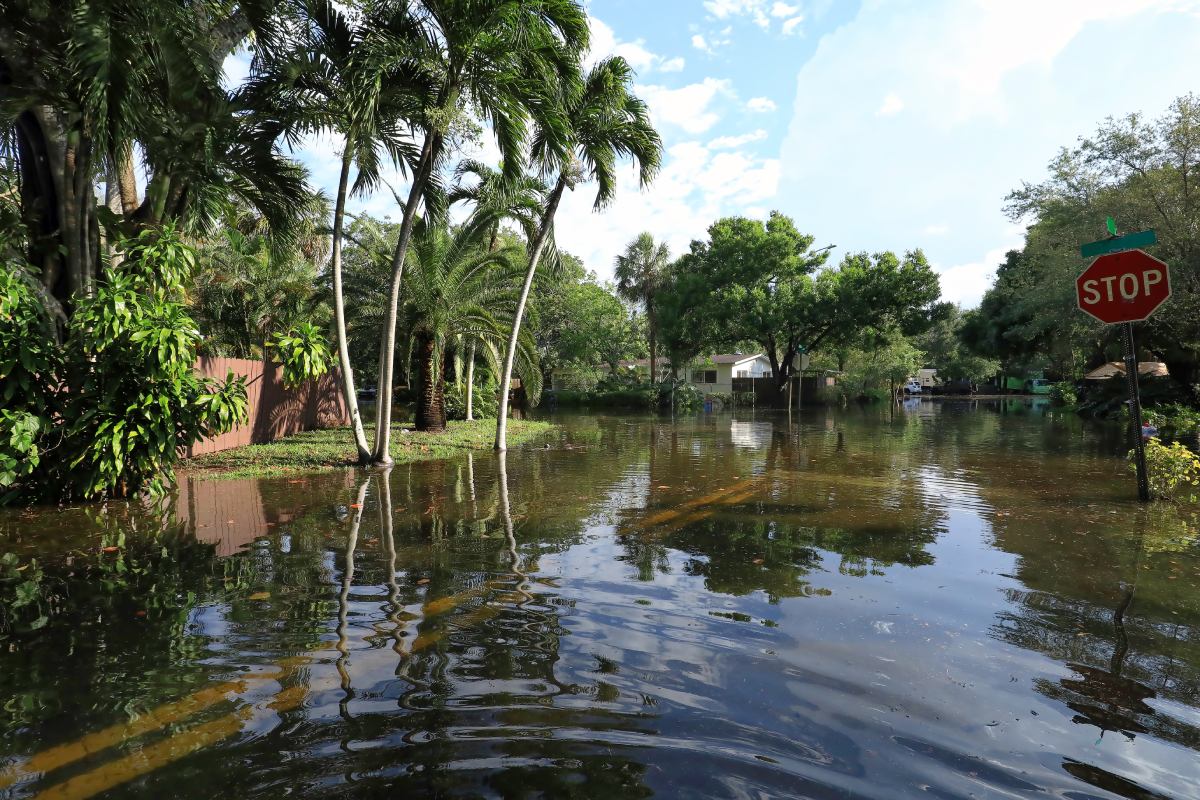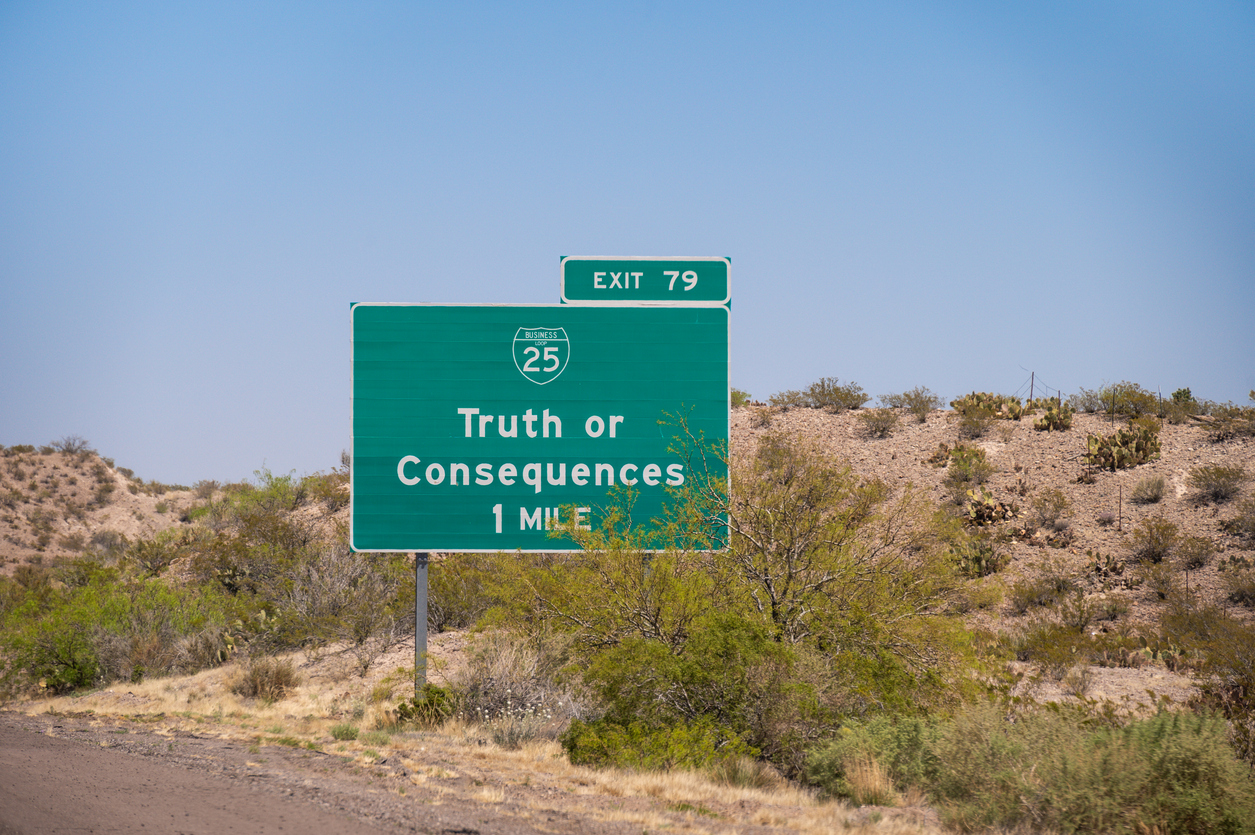Dear Residents of Tree Oasis,
I hope this blog post finds you in good humor, as it is with great delight that I address a matter of utmost importance to Florida residents and others residing amongst the seemingly innocent vertical beings standing tall and proud: TREES.
Now, I know what you are probably thinking, trees are essential for oxygen and shade and are the unsung heroes of our environment. But let’s not be fooled by their photosynthesizing façade; beneath those grandiose trunks and radiant leaves lies a conspiracy against our insurance premiums and a plot more sinister against our insurance deductibles.
Where is our salvation, one may ask? Easy – Falling Objects Coverage.
In this day and age, though, nothing is “easy” per se when it comes to dealing with an insurance company that cares more about profits than promises.
What is Falling Objects Coverage?
Falling Objects coverage is a component of some property insurance policies that provides protection against damage caused by objects falling onto your property.
Unfortunately, it’s not truly as “easy” as it might sound because “Falling Objects” can be defined in your policy, or policies can say “falling objects does not include [X, Y, Z],” or your policy can be completely silent on what “falling objects” even is.
What happens when the definition is not right in front of you – you hit a trunk, so to speak? Stay calm. Breathe that tree releasing O2.
The Steps in Falling Objects Coverage
First step, read the policy and determine how the policy defines “falling objects”. The courts are tasked with interpreting insurance policies using the policy’s plain and ordinary meaning. If your policy fails to define it, a common sense meaning of the terms “falling,” “objects,” and “falling objects” leads to the reasonable conclusion that tree limbs, tree debris, etc., constitute “falling objects.”1
Next, determine whether your policy is a “named peril” or an “all risk” policy. A “named peril” policy will insure the perils named or listed within the policy. An “all risk” policy insures all losses except those that are specifically excluded, meaning that the only perils your insurance company can rightfully say are excluded are those listed as exclusions.
But wait, you’re not done yet! If policies weren’t so confusing, insurance agents, attorneys, claims examiners, and many others would all be out of business.
Here’s the caveat – policies will sometimes limit the falling objects coverage by boxing in the policyholder to coverage for direct physical loss or damage to a building or personal property that is caused by or resulting from a peril not otherwise excluded 2 OR to coverage when the roof or an exterior wall of the building is first damaged by the falling object.3 Both of these have different implications and can affect a policyholder differently.
There are two important cases that recently came out and should be part of the analysis:
- Ramaco Resources, LLC v. Federal Insurance Company (2021
- Walsh v. Nationwide Mutual Fire Insurance Company (2022)
In Ramaco Resources,the court reasoned that the falling object needed to be “conceptually distinct” from the cause that precipitated the fall for there to be a covered loss. In this case, corrosion was an excluded peril, and the court ruled that the falling hopper was not conceptually distinct from the corrosion that precipitated the fall. Additionally, the court ruled that the plaintiff could not recover for losses “resulting from a falling object, where that object is falling immediately following and because of an excluded peril.” The court ruled this would be “recasting the cause of loss under another name”
Now, in Walsh, windstorm was not what caused direct physical loss to the insured’s home – rather, it was windblown debris that tampered with drain seals and counterflashing, allowing rainwater to flow into the home. The court ruled that “[w]ind did not immediately—i.e., directly—cause the loss to the Walshe’s personal property.”
After this dissertation, the question still remains: Will Falling Objects Coverage protect a policyholder when the leafy culprit falls on their home? The straightforward answer is all attorneys’ favorite: “It depends.”
Thought For the Day
Storms make trees take deeper roots –Dolly Parton
1 Walsh v. Nationwide Mut. Fire Ins. Co., No. CV 21-4464, 2022 WL 17094760 (E.D. Pa. Nov. 21, 2022).
2 Id.
3 Ramaco Resources v. Fed. Ins. Co., 545 F. Supp. 3d 344 (S.D. W. Va. 2021).




